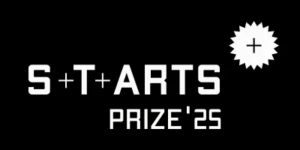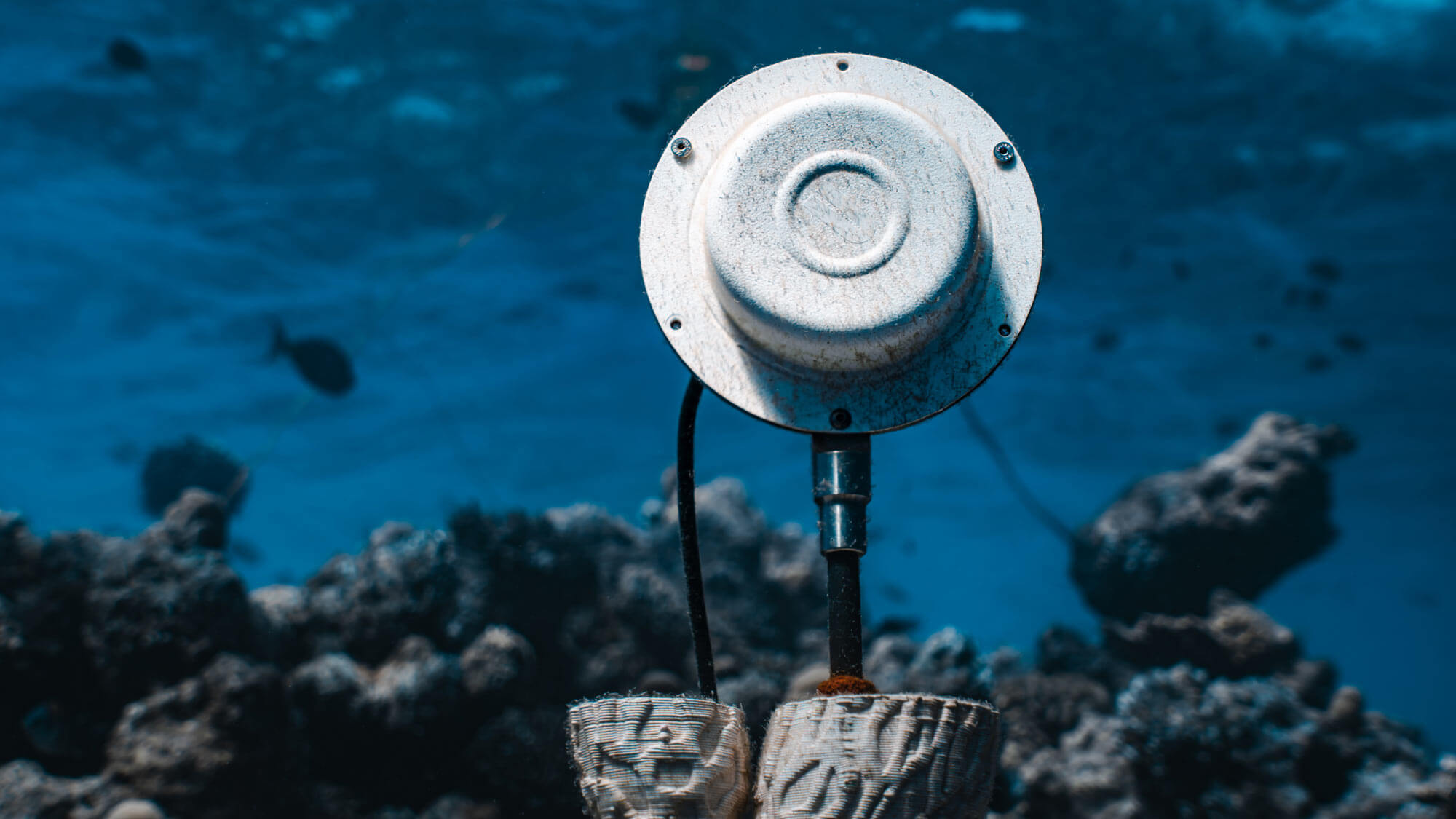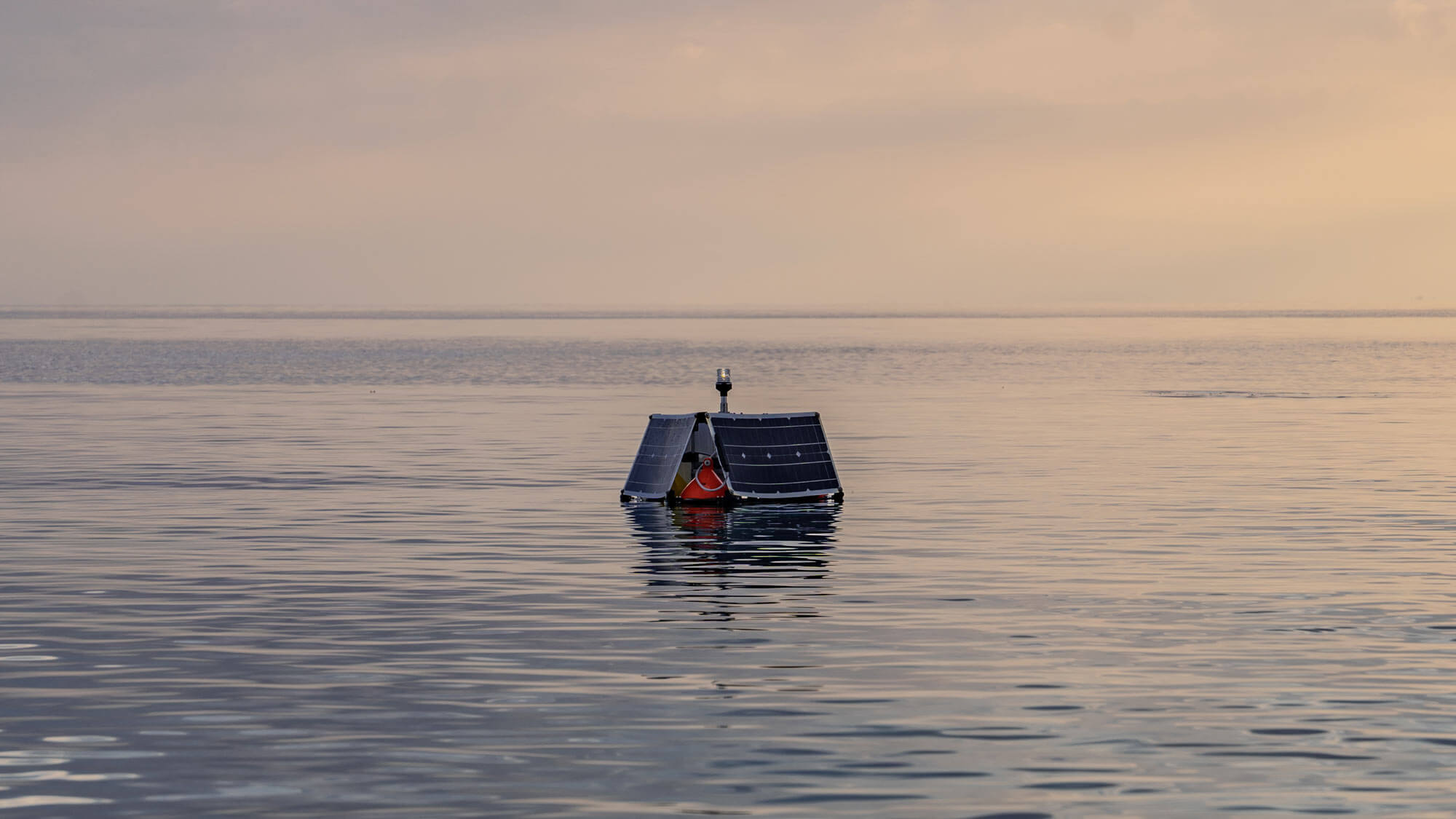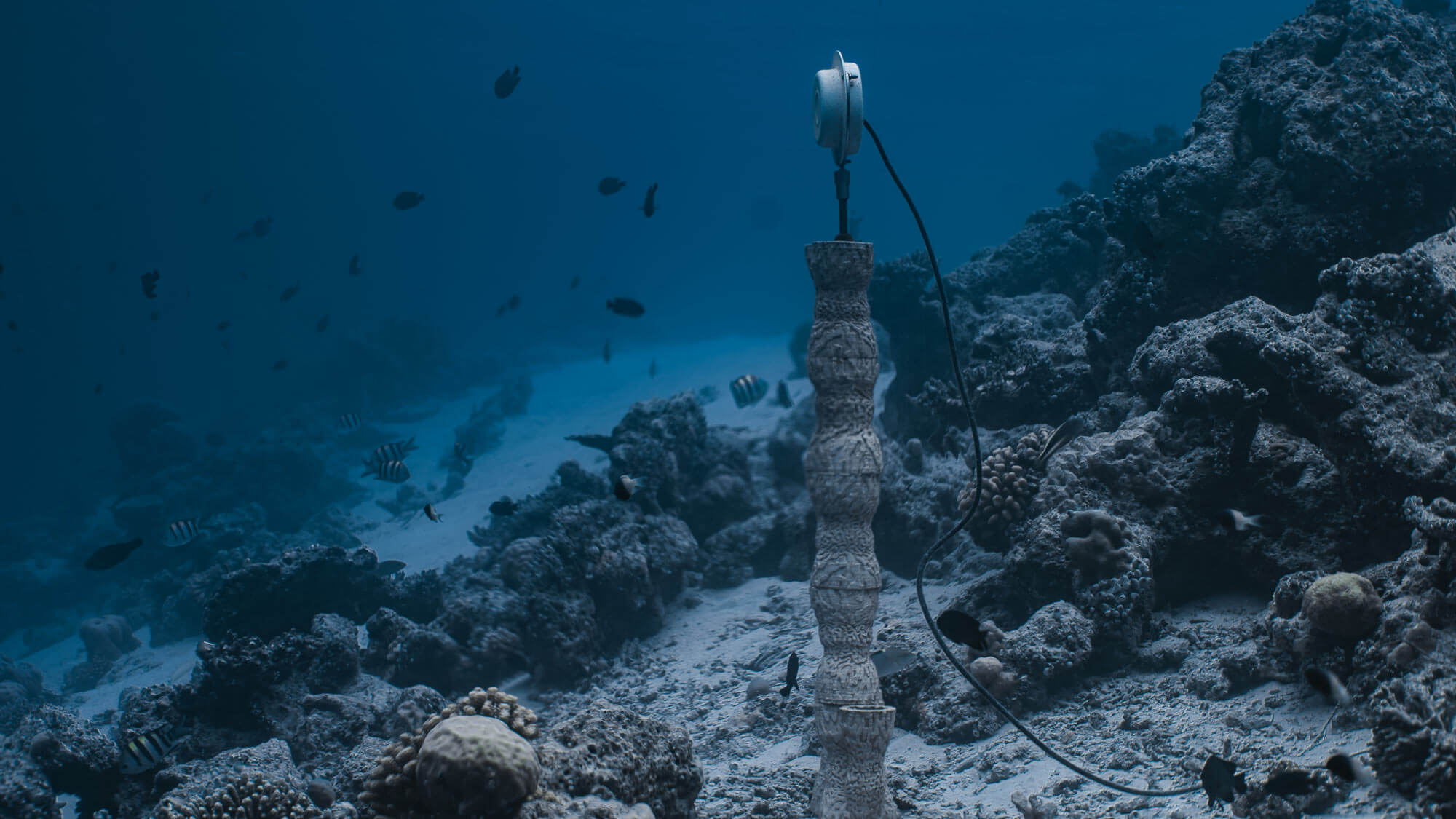Honorary Mention
Coral reefs are vibrant underwater ecosystems essential for maintaining marine biodiversity and protecting coastlines. Thriving with life, they create a unique underwater symphony that resonates with the crackle of shrimp, the chatter of fish, and other marine sounds.
marcobarotti.com/coral-sonic-resilience
nature.com/articles/s41467-019-13186-2
However, rising ocean temperatures, pollution, and unsustainable fishing practices have led to widespread coral bleaching, leaving the reefs silent.
Harnessing sound to restore marine ecosystems, Marco Barotti merges acoustic ecology, 3D-printed sculptures, and solar energy to breathe new life into coral reefs. His interdisciplinary project, Coral Sonic Resilience, builds on the research of Dr. Timothy Lamont from Lancaster University, who demonstrated that playing soundscapes of healthy coral reefs in degraded colonies attracts new marine life. Inspired by these findings, Barotti created a series of underwater 3D-printed sound sculptures made with ceramic and calcium carbonate, reef-compatible materials similar to the natural composition of corals. Their shapes and texture are based on 3D scans of bleached corals and they are designed to invite marine life to settle, shelter, and grow. Powered by floating solar stations, underwater loudspeakers continuously emit the ambient sounds of vibrant coral reefs, reproducing their tonal diversity to support marine regeneration.
Developed under the supervision of Dr. Lamont, the project is carried out in close collaboration with marine scientists from the University of Padova, who analyze the collected data and evaluate the project’s effectiveness. While exploring the potential of sound as a tool for ecological healing, the sculptures are also designed for exhibition in art spaces to engage audiences with the challenges facing coral ecosystems and to spark deeper involvement in ocean conservation. By combining art and science, Coral Sonic Resilience amplifies the silent crisis facing our oceans and calls for immediate, collective action to restore marine life.
Credits
Coral Sonic Resilience is a project by Marco Barotti, in cooperation with Relaxound, the Coral Restoration Project Feridhoo, The University of Padova and the Feridhoo Island Council.
Advice on acoustic ecology and research: Timothy Lamont
Research and project coordination: Antonio Beggiato
Research and data analysis: Federica Moscheo, Carola Chicco, Marco Patruno
Photos & videos: Marco Barotti, Luca Larson, Antonio Beggiato
Design: Studio Marco Barotti
Design coordinator: Andy Fofana
Solar station buoy and electronics design: Alles Blinkt
Text: Sarah Möller, Anna Anderegg, Boris Magrini, Daniel Brunet
PV buoy simulations and optimization: Marcello Rava and Bruno Paduano
3D printing assistant: Mattia Rasori
Funded by: Relaxound, Senatsverwaltung für Kultur und Gesellschaftlichen Zusammenhalt and C-TAKT.
Technical Partner: WASP
With support from: Electro-voice, Ambient Recording, GroupGets, MORE lab Politecnico di Torino
Biography
Marco Barotti (IT) is a an internationally awarded media artist exploring the interplay of sound, technology, and the environment. His kinetic sound sculptures create a fictional “tech ecosystem” resembling animals and plants. These works highlight the Anthropocene’s cultural and ecological realities, raising awareness of humanity’s impact on the planet. Barotti has been awarded the NTU Global Digital Art Prize, the Tesla Award, and the Delux Colour Award, and has received grants from S+T+ARTS, Stiftung Kunstfonds, Emap / Emare, BBK, Music Board, Zer01ne Creators project, Seoul, and many more.
Jury Statement
Some of our planet’s most valuable ecosystems, coral reefs, are vital for providing shelter for thousands of marine species, but also for protecting coastal communities from erosion and storms, while being sources for medicine, food, as well as supporting businesses as spaces for recreational activities. As is the case though with other marine ecosystems, coral reefs are disappearing at an alarming rate, being threatened by both natural factors and human activity. Can art and science collaborations enable innovative ways to not only address these urgent issues, but also to provide creative solutions to restore these diverse and important ecosystems? The jury thought so when it comes to Coral Sonic Resilience, a brilliant example of art and science joining forces to repair and revitalize damaged coral reefs. Coral Sonic Resilience uses 3D printing, solar power, and soundscapes from vibrant coral reefs that help attract marine life to declined colonies. But more importantly, the underwater 3D-printed sound sculptures, created as part of this project, are installed as part of a coral reef restoration project in the Maldives, providing a new habitat to marine life, while also reviving threatened coral reefs.







